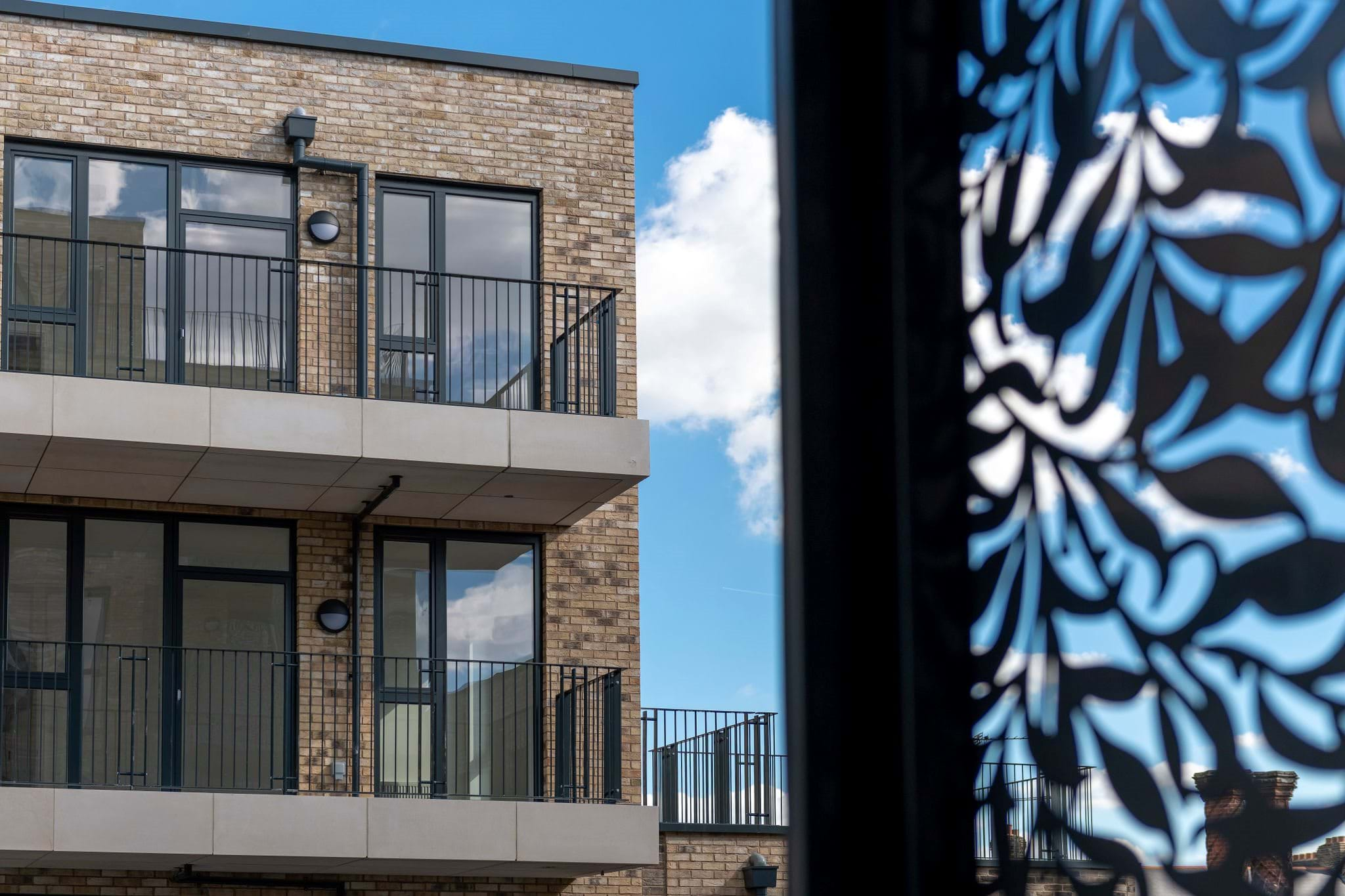We all want to do our bit for the environment in every area of our lives, and making your home more eco-friendly should also be a key priority. The newly created eco-homes are a fantastic way to lower carbon emissions, but there are also important changes you can make to your existing, older homes that can have a great positive impact on the environment.
Let us help you on your way to a more eco-friendly home with our 9 easy steps below.
1. Update your windows to double or triple glazing
About 10 per cent of energy within your home can be lost through the windows, so it’s essential that your windows are serving their purpose. If you are noticing a draft or a cold home even when the heating is on, think about replacing your single-glazed windows with double or triple glazing. To further achieve an eco-friendly house, you can purchase 'Low-E' or low-emissivity glass, which has a unique coating that reflects heat back into the room.
2. Add Solar Panel Systems to your home
To create an environmentally friendly house, you can also invest in Solar panel systems which are used as an alternative way to heat water or generate electricity. A system which is Solar photovoltaic (PV) converts sunlight into electricity and doesn't rely on sunlight to make them work. You can easily attach these to the roof of your home, or to any south facing walls to generate energy even on a cloudy day.
There are also water-based systems which are evacuated tubes or flat plate collectors fitted to your roof. They draw energy from the sun and turn it into warm water you can use in your home.

About 10 per cent of energy within your home can be lost through the windows, think about replacing your single-glazed windows with double or triple glazing to retain more heat.
3. Upgrade the home insulation
There is no point heating your home if the heat escapes through poorly insulated routes. Since up to 40 per cent of heat in your home is lost to lack of it, another important energy efficient home improvement is insulation. Think about adding insulation in the cavity of your walls and your loft, which can be quite inexpensive in the form of wool or expanding foam, and will definitely help you cut down on your energy bills.
4. Switch your heating source
Another way to be more eco friendly at home is to change your heating source to a renewable method to warm up your home. You could change your boiler for example, to a more eco-friendly model which uses either gas, electric or biomass fuels to heat your home. You could also try 'heating pumps' which are more environmentally friendly as they consume low energy amounts and don't use pipes or tanks which save space in your home.
5. Lay underfloor heating
Underfloor heating is a great energy saving house feature and an inconspicuous alternative to radiators or wall mounted heating. If you're renovating your home, underfloor heating or UFH is pretty easy to install under floorboards, it circulates warm water through pipes under your flooring and operates using low temperatures - a great feature for saving energy in your home.
6. Use eco-friendly cleaning products
Many household cleaning products such as detergents, washing liquids or disinfectants contain chemicals that are harmful to the environment. If you want to maintain an eco-friendly home inside and out, opt for cleaning products with no synthetic ingredients that do not deplete the ecosystem.

7. Use natural materials for walls and floors
Using natural products when building or renovating your home will help you achieve an eco-friendly home design. Chemical free floors and walls made with lime or clay plaster, are natural, breathable and a great alternative to synthetic walls. Consider natural wood, cork or even rubber flooring to ensure your home decor is doing its bit for the environment.
8. Recycle household water
Why not think about collecting the thousands of litres of rainwater that falls on your home each year? You could use this water to wash clothes, fill toilets for flushing or water your garden. All great ideas for running an environmentally friendly home.
9. Decorate with eco-friendly products
When decorating your home you're going to need copious amounts of paint to create the look and feel you require. Why not consider eco-paints, which are water soluble and use plant oils to form the pain solution, with colour pigments that come from minerals or plant dyes. There are also eco-friendly wood varnishes and wall primers, sustainable wallpaper includes natural coverings made from cotton or wool and are great alternatives from usual wallpaper that can harm the environment.
Take the first step with Peabody
Peabody has a selection of new build Shared Ownership and Help To Buy properties available throughout London and the South East, ideal for homebuyers looking to create an eco-friendly home of their own. Take a look at our property search to find the perfect home for you.
FIND A HOME